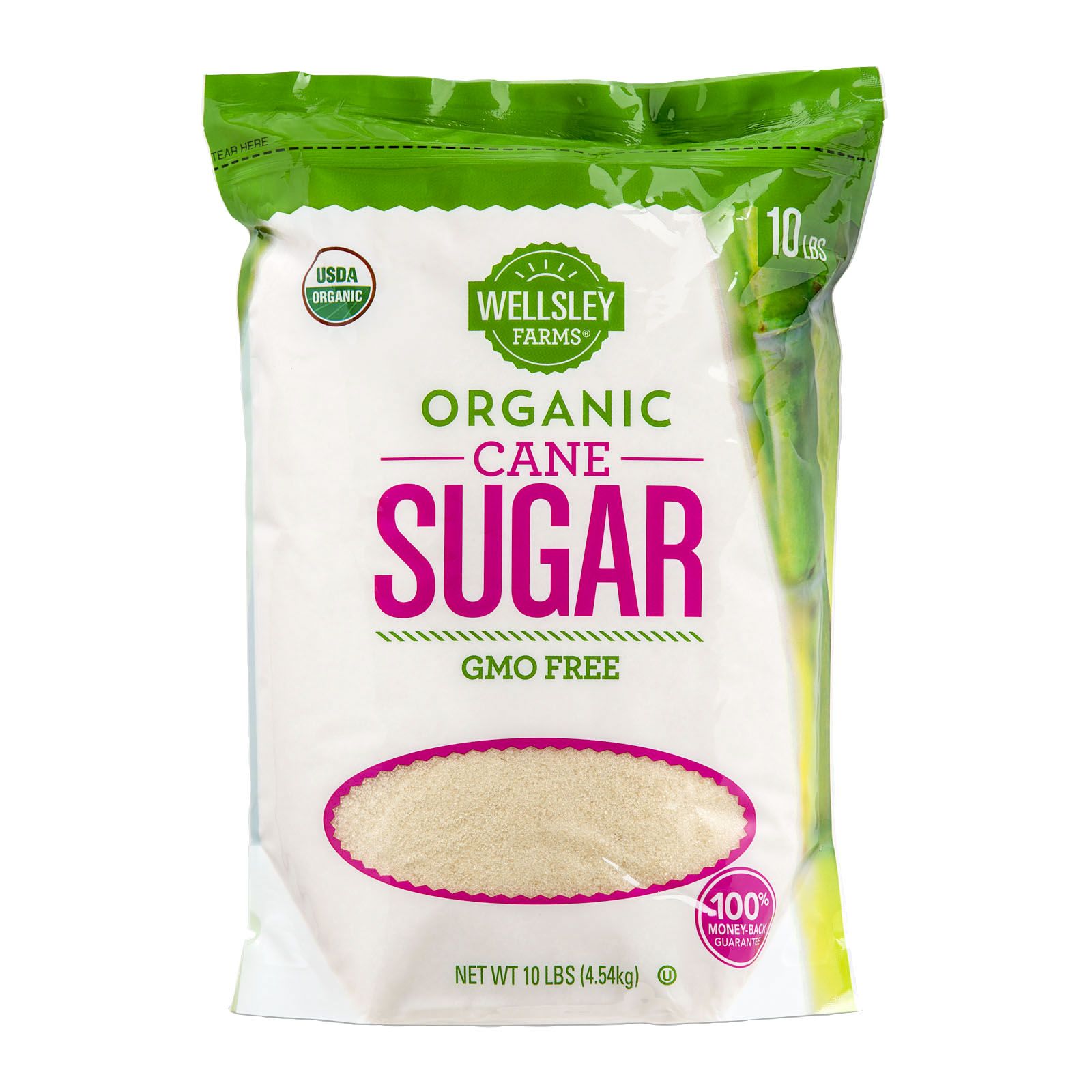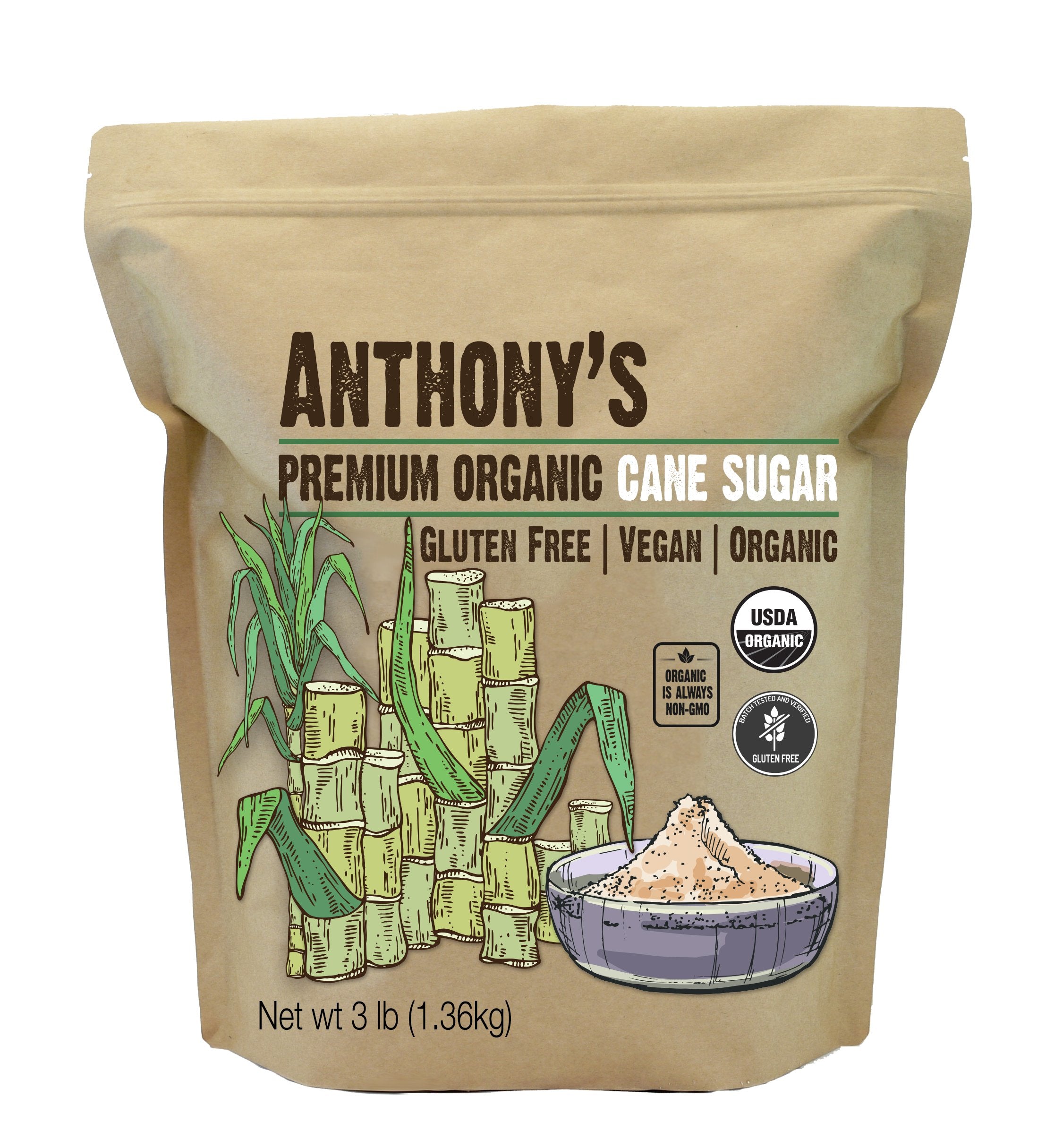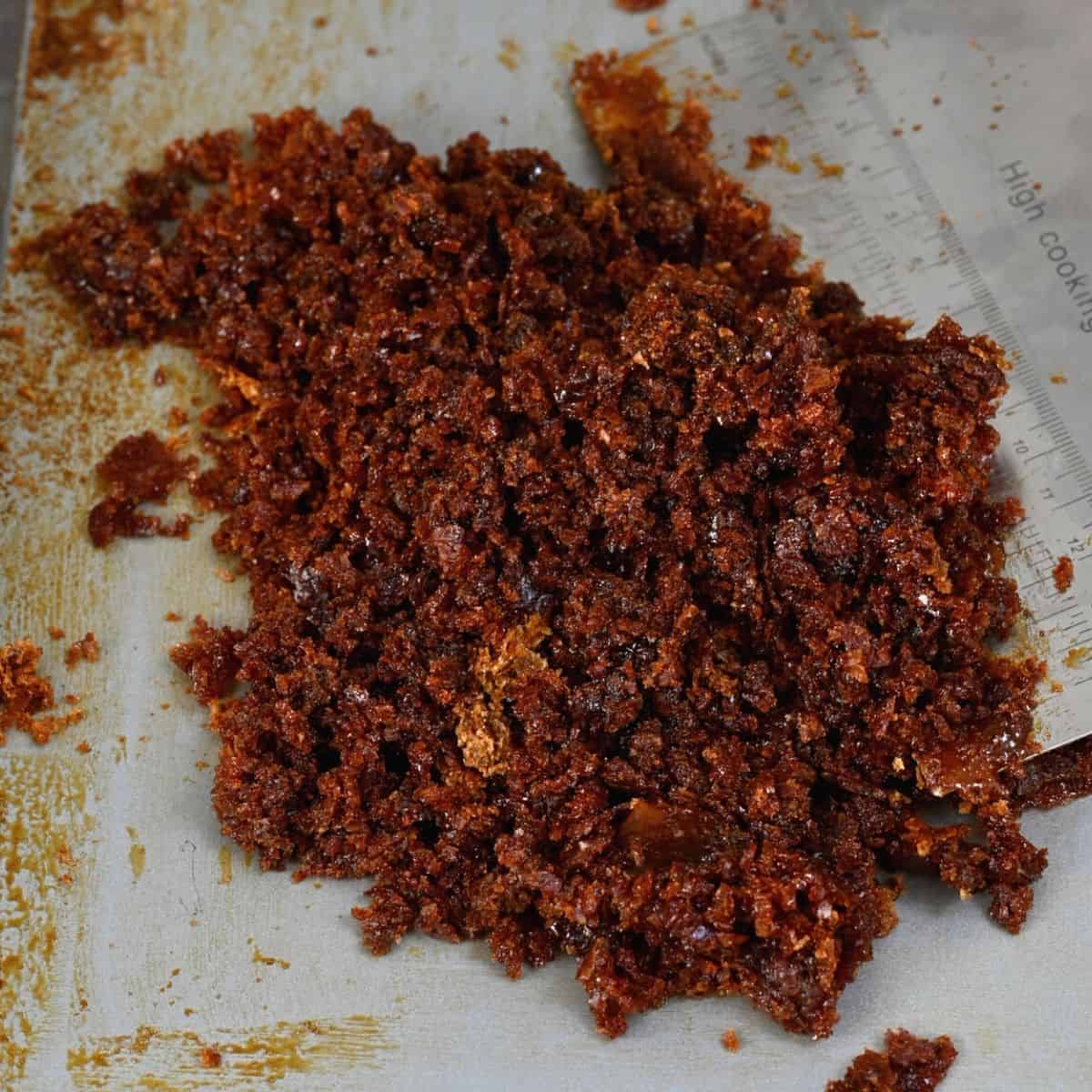The Scientific Research Behind Cane Sugar Processing: How Sweet Taste is Refined
Exploring the Comprehensive Steps Included in Walking Cane Sugar Handling From Gathering to Refinement
The process of walking stick sugar production encompasses a series of intricate steps, beginning with the careful harvesting of sugarcane and culminating in the improvement stages that ensure the end product fulfills industry criteria. Each stage, from the removal of juice to the purification and condensation processes, plays a vital function in determining the quality and character of the sugar. Comprehending these phases not only highlights the intricacy of sugar production however likewise elevates crucial questions about effectiveness, sustainability, and advancement in the industry. What ramifications do these aspects have for future techniques?
Gathering Sugarcane
Gathering sugarcane is a critical action in the cane sugar handling chain, as it straight affects the top quality and return of the last item. Correct timing and methods are crucial during this stage to guarantee optimal sugar content and lessen losses. Usually, sugarcane is harvested when it gets to maturity, normally 12 to 18 months after growing, defined by a high sucrose concentration.

Post-harvest, the sugarcane must be processed promptly to avoid sucrose degradation. Preferably, collected walking stick must be transported to processing centers within 24 hr to maintain sugar quality. Consequently, effective logistical preparation is important to maintain the stability of the gathered crop throughout the supply chain.
Removal Refine

The smashed walking cane undergoes a collection of pushing operations to make the most of juice healing. Commonly, warm water is splashed onto the crushed cane, creating a countercurrent circulation that assists dissolve the sugar while additionally helping in the removal process. The juice accumulated from this procedure contains not just sugar but also numerous natural compounds and pollutants.

To improve removal effectiveness, some centers may employ diffusion methods, where the sugarcane is taken in hot water, allowing the soluble sugars to diffuse right into the fluid. The resulting juice, abundant in sucrose, is then routed to subsequent handling stages, laying the structure for purification and improvement. The extraction procedure is thus essential in establishing the top quality and yield of the last sugar product.
Filtration Strategies
The purification techniques used in walking stick sugar handling are crucial for changing the raw juice right into a top quality sugar item. These methods mainly intend to get rid of impurities, such as dirt, plant products, and inorganic compounds, which can detrimentally affect the end product's flavor and shade.
This procedure involves including lime and warm to the raw juice, which assists in the coagulation of impurities. Furthermore, the usage of phosphoric acid can improve the explanation procedure by additional binding impurities.
Another considerable strategy is carbonatation, where co2 is presented to the clarified juice. This response produces calcium carbonate, which captures continuing to be impurities and promotes their elimination.
Additionally, turned on carbon treatment may be applied to adsorb any remaining colorants and organic impurities, making sure a much more refined item. The mix of these techniques efficiently prepares the sugar juice for subsequent action in the refining process, establishing the phase for the manufacturing of top notch walking stick sugar.
Condensation Approaches
After the filtration stage, the following important action in walking stick sugar handling includes condensation methods, which play an essential function in transforming the cleared up juice right into strong sugar. This procedure usually employs two key techniques: spontaneous crystallization and regulated condensation.
In spontaneous formation, supersaturated sugar solutions are permitted to cool normally, causing the development of sugar crystals gradually. This method is less complex however might lead to unequal crystal sizes and reduced purity degrees. On the other hand, link regulated formation is an extra exact technique where seeding, focus, and temperature level agents are diligently taken care of. This method permits the uniform growth of sugar crystals and greater purity.
During formation, the cleared up juice is focused through dissipation, raising its sugar web content until it reaches supersaturation. When this factor is achieved, either technique can facilitate the condensation procedure. Cane Sugar Processing. The resultant sugar crystals are then separated from the continuing to be syrup via centrifugation
Ultimately, the option of formation method impacts the high quality, dimension, and purity of the final sugar product, making this step essential in the general walking stick sugar handling procedure.
Refinement and Packaging
Exactly how can the purity and quality of cane sugar be even more enhanced after crystallization? The refinement procedure plays a vital duty in achieving top quality walking cane sugar. Following condensation, sugar undergoes a detailed washing to eliminate pollutants and residual molasses. This is usually achieved using warm water or heavy steam, which helps dissolve and remove undesirable aspects while protecting the check my source sugar crystals.
Next, the sugar undergoes a procedure called centrifugation, where it is rotated at high speeds to divide the cleansed sugar crystals from the remaining fluid. After centrifugation, the sugar is often further improved through a method called carbonization or phosphatation, which makes use of activated carbon or phosphoric acid to remove shade and off-flavors.
Once improved, the sugar is dried to attain the desired moisture web content, making sure that it remains secure during storage and transportation. The final step entails packaging the polished sugar in airtight and moisture-proof containers to maintain its quality and protect against contamination. Cane Sugar Processing. Appropriate product packaging not only prolongs life span however additionally assists in easy handling and this contact form circulation, ensuring that customers obtain sugar that meets the highest possible requirements of pureness and quality
Final Thought
The thorough actions associated with cane sugar handling, from the thorough harvesting of sugarcane to the intricate refinement and packaging stages, highlight the relevance of each phase in guaranteeing top quality sugar production. Optimum harvesting strategies, effective extraction methods, and rigorous filtration processes collectively add to the final product's purity and security. The formation and succeeding product packaging practices even more improve the honesty and life span of the sugar, highlighting the complexity and accuracy inherent in this essential agricultural sector.
The process of cane sugar manufacturing encompasses a collection of intricate steps, beginning with the cautious harvesting of sugarcane and finishing in the improvement phases that make sure the last product fulfills sector requirements. Preferably, collected walking stick needs to be transferred to processing centers within 24 hours to preserve sugar quality.In spontaneous crystallization, supersaturated sugar services are enabled to cool down normally, leading to the development of sugar crystals over time - Cane Sugar Processing. The refinement procedure plays a vital duty in accomplishing premium cane sugar.The comprehensive actions entailed in walking cane sugar processing, from the thorough harvesting of sugarcane to the complex refinement and product packaging stages, underscore the relevance of each phase in guaranteeing high-quality sugar manufacturing